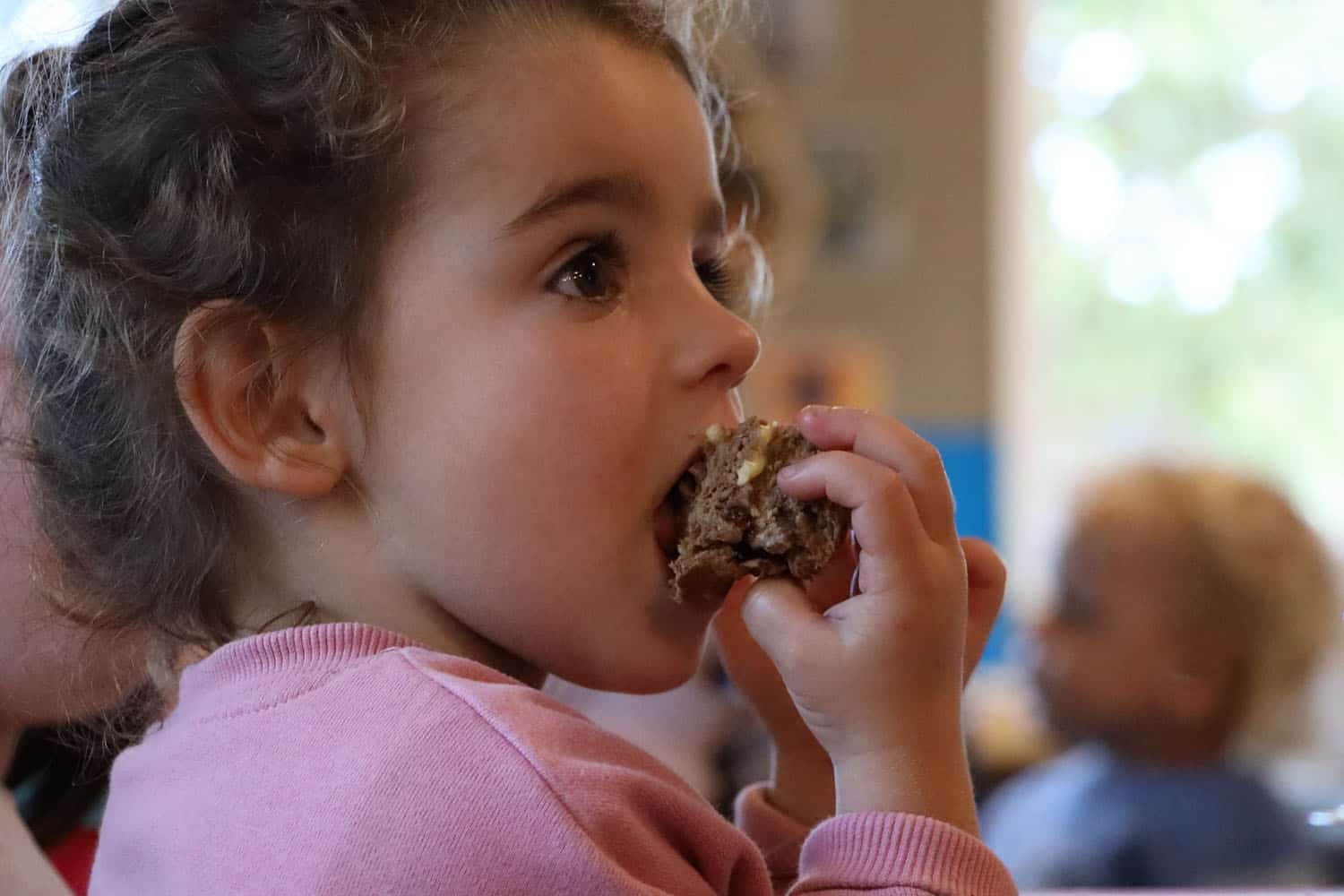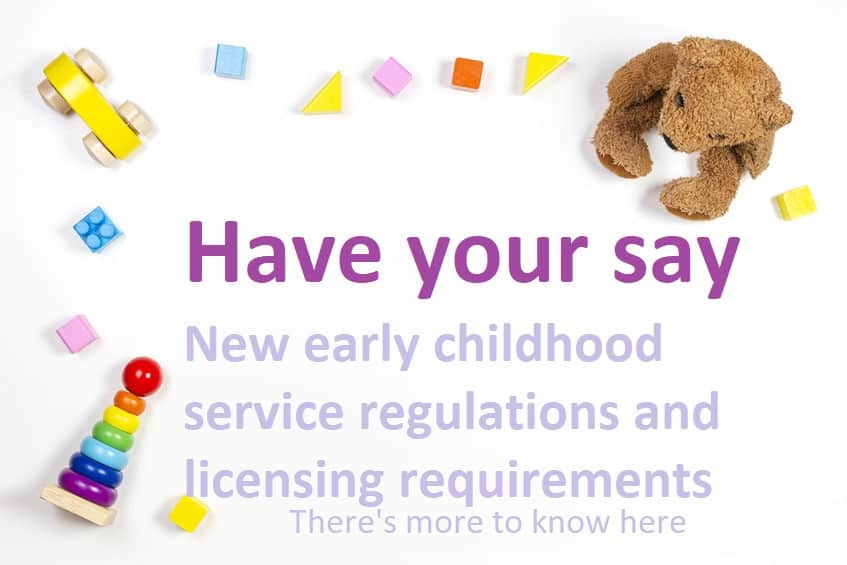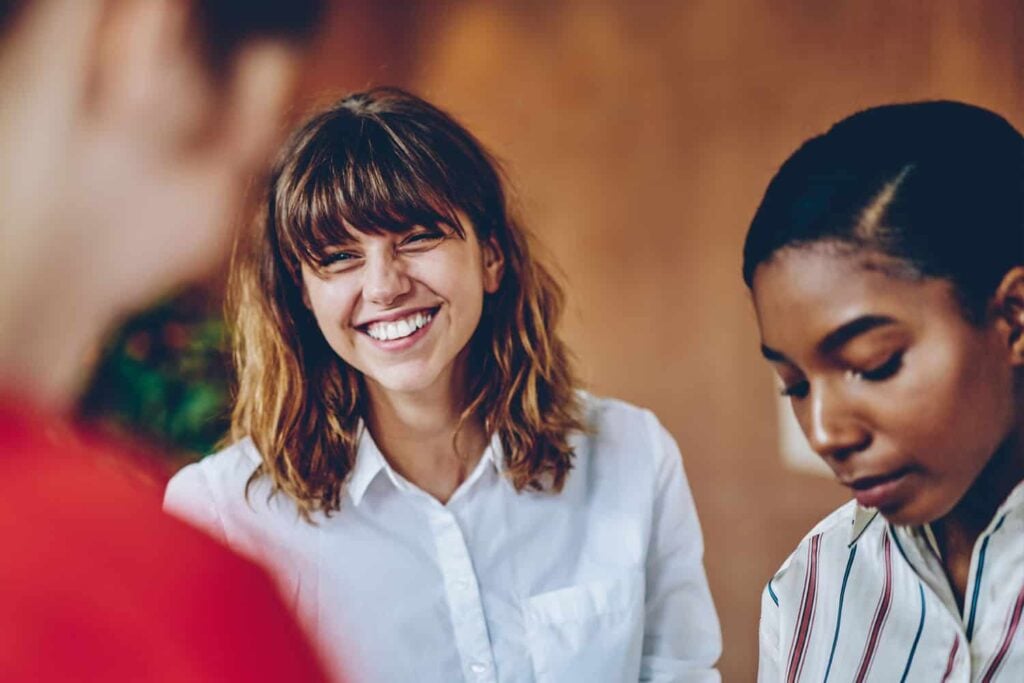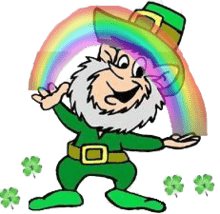How Food Can Put a Young Child at Risk of Choking.
Why Food Healthy foods such as apples and carrots can be dangerous for young children if the texture is not altered for example by boiling or grating. Food can be dangerous if it isn’t appropriately prepared for the age of the child.
There are also hard foods like nuts and nacho chips, and foods with skins such as saveloys, that are dangerous choking hazards and should never be given to infant and toddlers.
Young children have small air and food passages, and are learning to move food around in their mouths and and how to bite, chew and grind food. They do not have all their teeth – second molars are needed to grind food successfully before swallowing.
Safety and prevention of harm to a child should always be the priority of early childhood services and teachers. (See the OECE Position Statement on Food Safety).
Reduce the Risk of of Choking
Until at least 3 years and up to 5 years when children have their full set of molar teeth, do not provide foods that health professionals have identified to be a high choking risk.
High risk foods include: peanuts, raw apple, raw carrot, sausages, grapes and popcorn.
Do not give small pieces of hard food. The risk of choking can be reduced by cooking, mashing, and grating. For example, give a child stewed apple instead of a slice of raw apple. Taking the skin off the apple may help to make it safer but it remains a choking hazard since small hard bits may get stuck in a child’s throat.
A child should always have an adult sitting with them while eating. A child who is eating should not be left to move out of their seat or run around, and should be encouraged to be focused on eating with minimal distraction.
The adult should have First Aid training on what to do if an infant or an older child chokes (first aid procedures differ for an infant v. older child) and be capable of applying the recommended first aid calmly and correctly under emergency conditions. Find out more in an article on First Aid.
After reading the article you should know the correct first aid methods for a small child and for a bigger child.
At your ECE service there should be discussion about choking risks, what are higher risk foods for children at certain ages, and how to prepare different foods (e.g. apples) to reduce the risk (e.g. remove the skin and then stew/boil the apple and puree for an infant or have in soft pieces for a toddler).
Knowledge of preparing food according to child age to reduce choking risk is something that Plunket for generations have been telling parents. But all parents may not have accessed Plunket.
Lunch-boxes
Parents have a responsibility to meet the requests of their ECE to ensure that food provided for their child meets safety requirements. The service is responsible for the safety of the child while the child is in their care. Should food be in a lunch-box that is high-risk choking food (e.g. popcorn) the teaching staff or educator will remove the food and let the child know that they can’t eat at the service but can take it home.
Be assured that no good ECE service will let a child go hungry. Should there be insufficient food in the lunch-box, teachers or educators will give the child a sandwich (for example) or something like pureed vegetables for infants who are on solids.
Share with parents the link to – “Lunch box tips and what to pack“
Regulations and legal requirements
See the legal requirements services must meet on food to reduce the risk of choking








